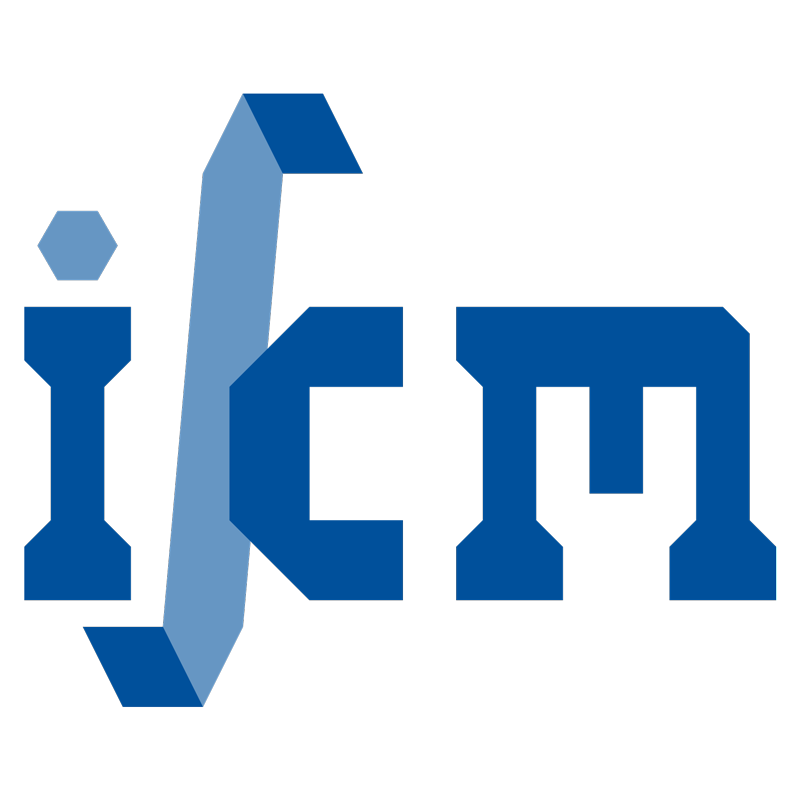On the crack opening and energy dissipation in a continuum based disconnected crack model
- authored by
- Yiming Zhang, Zhiran Gao, Yanyan Li, Xiaoying Zhuang
- Abstract
All crack models developed to date can be classified into discrete- and continuum-based approaches. While discrete models are advantageously capable of capturing the kinetics of fractures, continuum-based approaches still pique considerable interest due to their straightforward implementation within the finite element method (FEM) framework. The cracking element method (CEM), a recently developed numerical approach for simulating quasi-brittle fracturing, is based on the FEM and does not need remeshing, a nodal cover algorithm, nodal enrichment or a crack-tracking strategy. The CEM takes self-propagating disconnected cracking segments to represent crack paths and naturally captures crack initiation and propagation processes. However, as with other types of continuum-based approaches that employ discontinuous crack paths, one critical question remains: Can the crack openings can be reliably and accurately obtained? To answer this question, a detailed study on the released energy, kinetic model, and displacement between the upper and lower facets of a crack is required. Multiple tests are conducted in this paper, and the results of the CEM are compared with those of the interface element method (IEM), which explicitly describes the crack openings. For reference and comparison purposes, an a priori crack path obtained by using an equivalent crack path (cracked elements) previously obtained from the CEM is implemented for the IEM. The crack openings obtained by the CEM and IEM are subsequently compared, and the results indicate that the crack openings and dissipated energy obtained by the CEM generally agree well with those obtained by the IEM. These findings highlight the effectiveness of utilizing disconnected cracking segments and further demonstrate the robustness and reliability of the CEM.
- Organisation(s)
-
Institute of Continuum Mechanics
- External Organisation(s)
-
Hebei University of Technology
Tongji University
- Type
- Article
- Journal
- Finite Elements in Analysis and Design
- Volume
- 170
- ISSN
- 0168-874X
- Publication date
- 03.2020
- Publication status
- Published
- Peer reviewed
- Yes
- ASJC Scopus subject areas
- Analysis, General Engineering, Computer Graphics and Computer-Aided Design, Applied Mathematics
- Electronic version(s)
-
https://doi.org/10.1016/j.finel.2019.103333 (Access:
Closed)
-
Details in the research portal "Research@Leibniz University"


